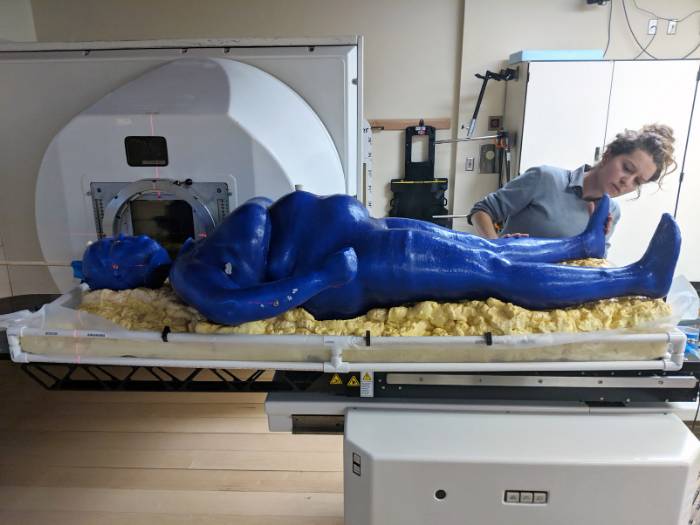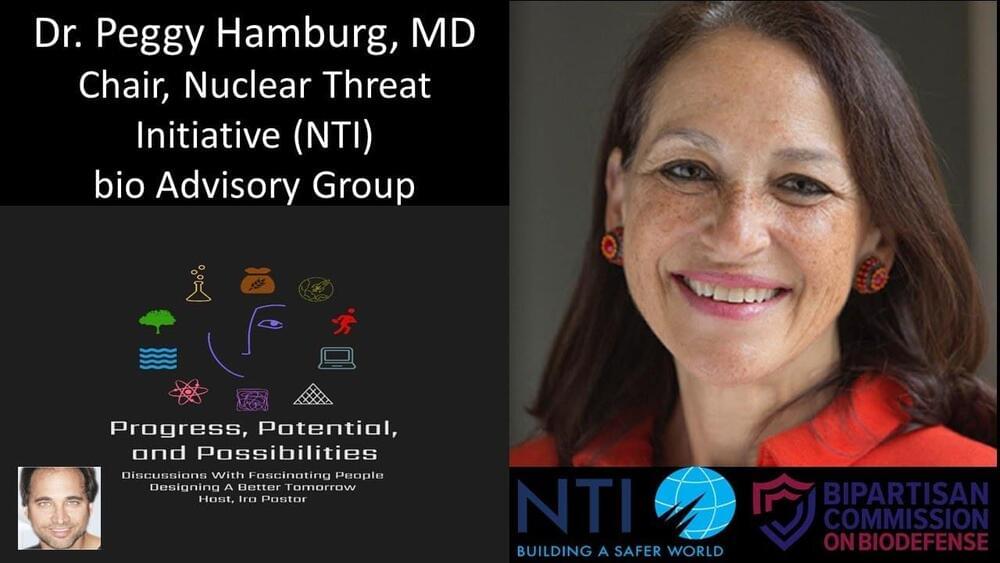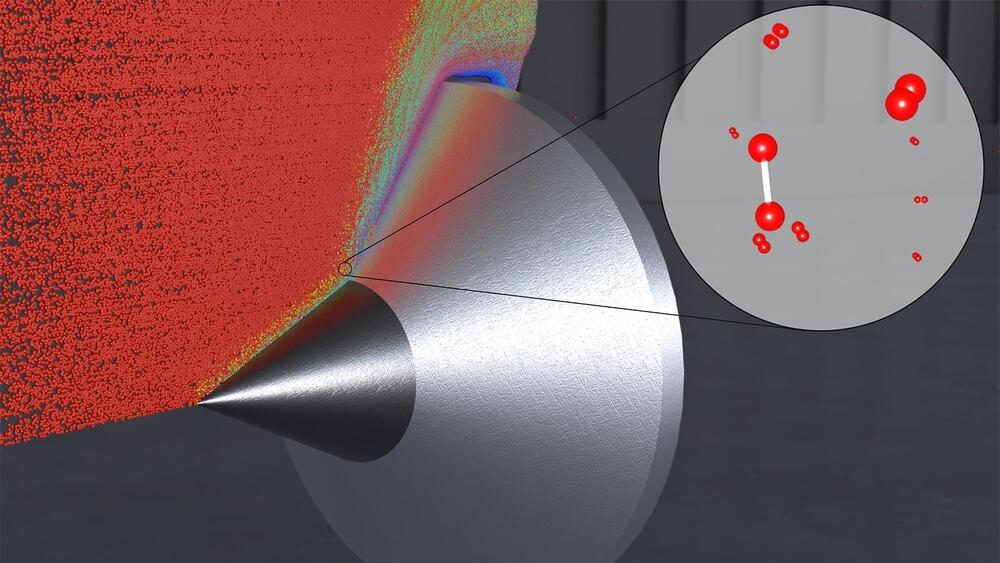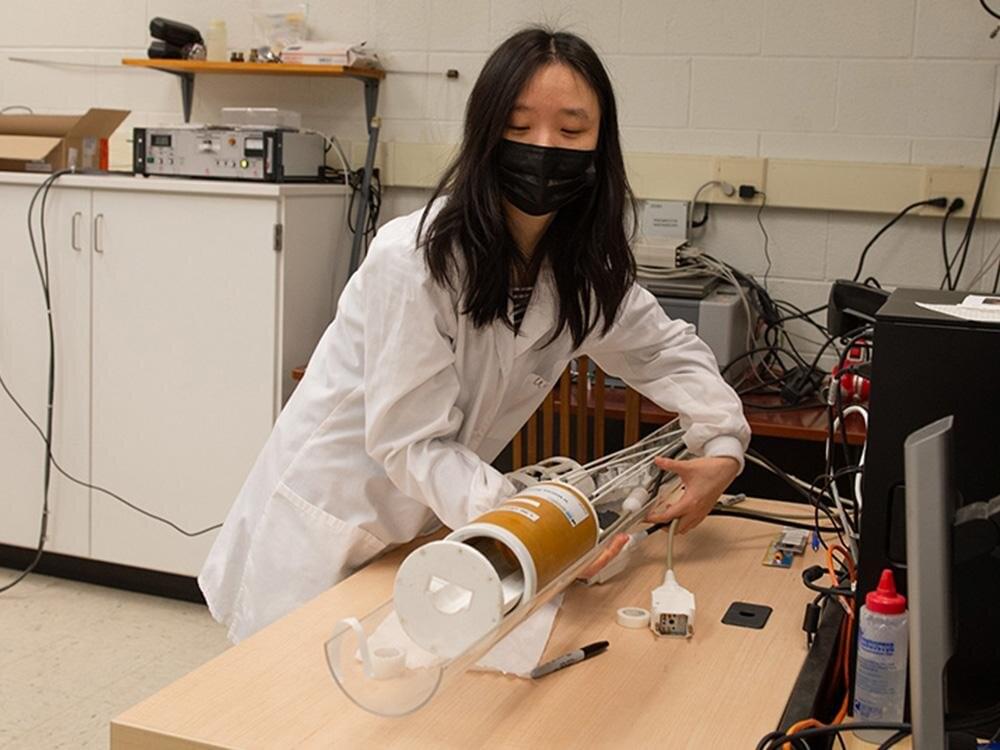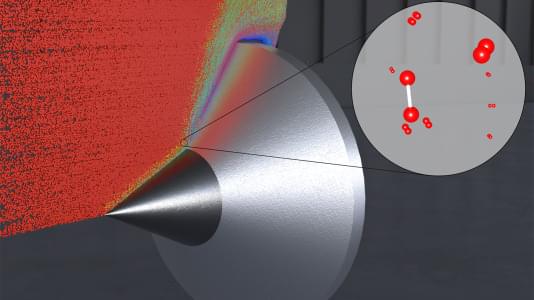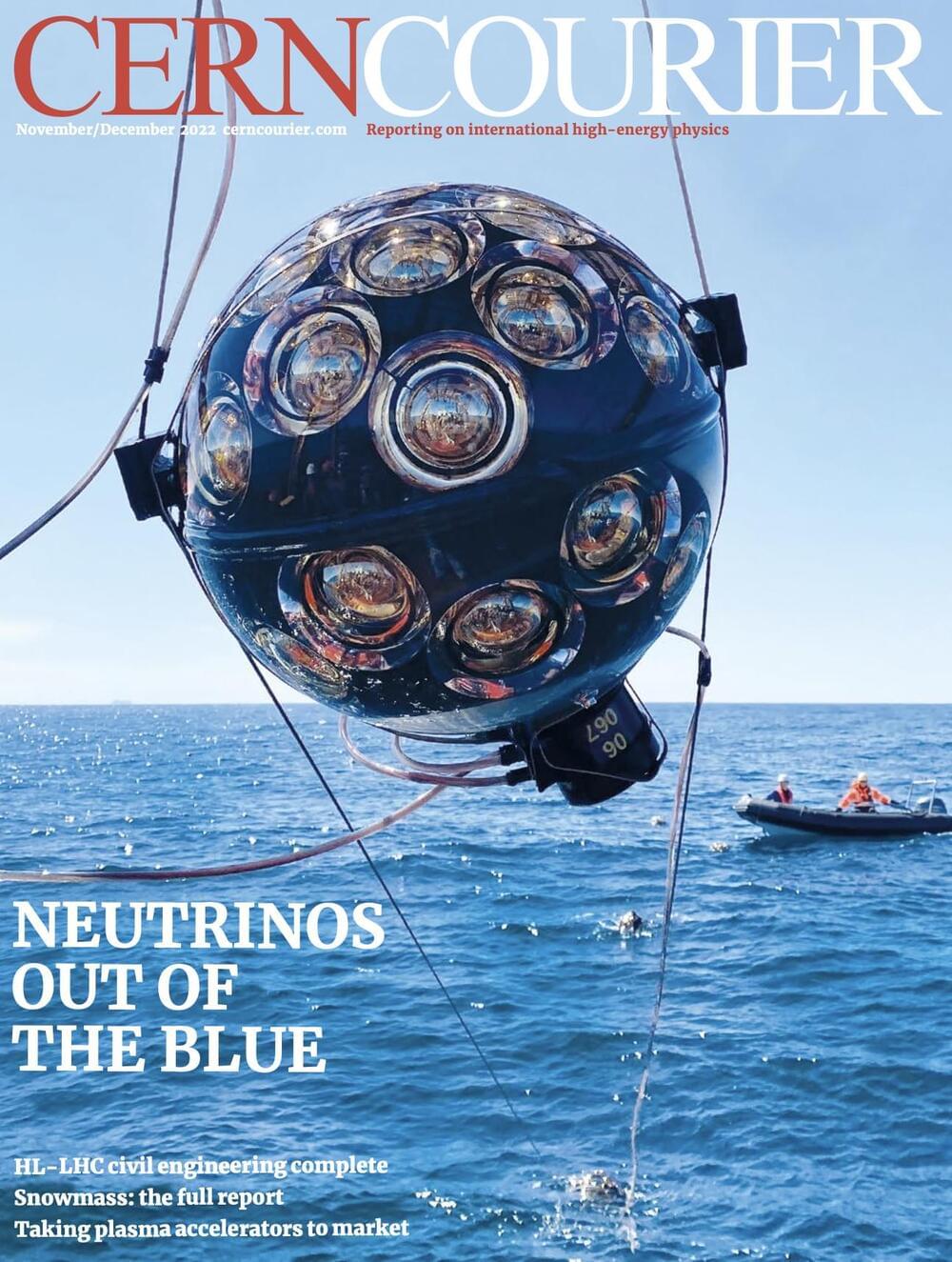Nov 18, 2022
Louisiana State University 3D prints full-body ‘human’ for radiotherapy
Posted by Quinn Sena in categories: 3D printing, biotech/medical, engineering, food
face_with_colon_three circa 2018.
Meagan Moore, a Biological and Agricultural Engineering student from Louisiana State University (LSU) has 3D printed a full-size model of the human body for use in radiotherapy.
Such models used in radiotherapy mimic the human tissue, and in medical terms are known as imaging phantoms or phantoms. They are used in radiotherapy to estimate the amount of dose delivery and distribution. A customized phantom of a patient can make the whole process more precise.
Continue reading “Louisiana State University 3D prints full-body ‘human’ for radiotherapy” »
